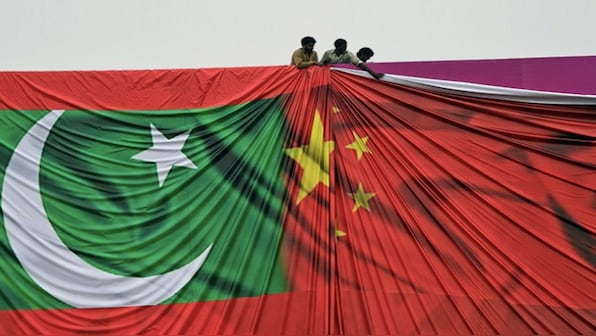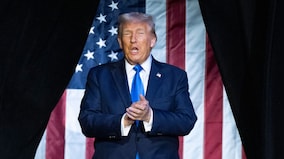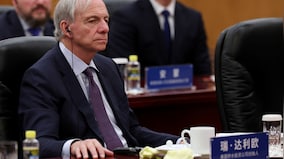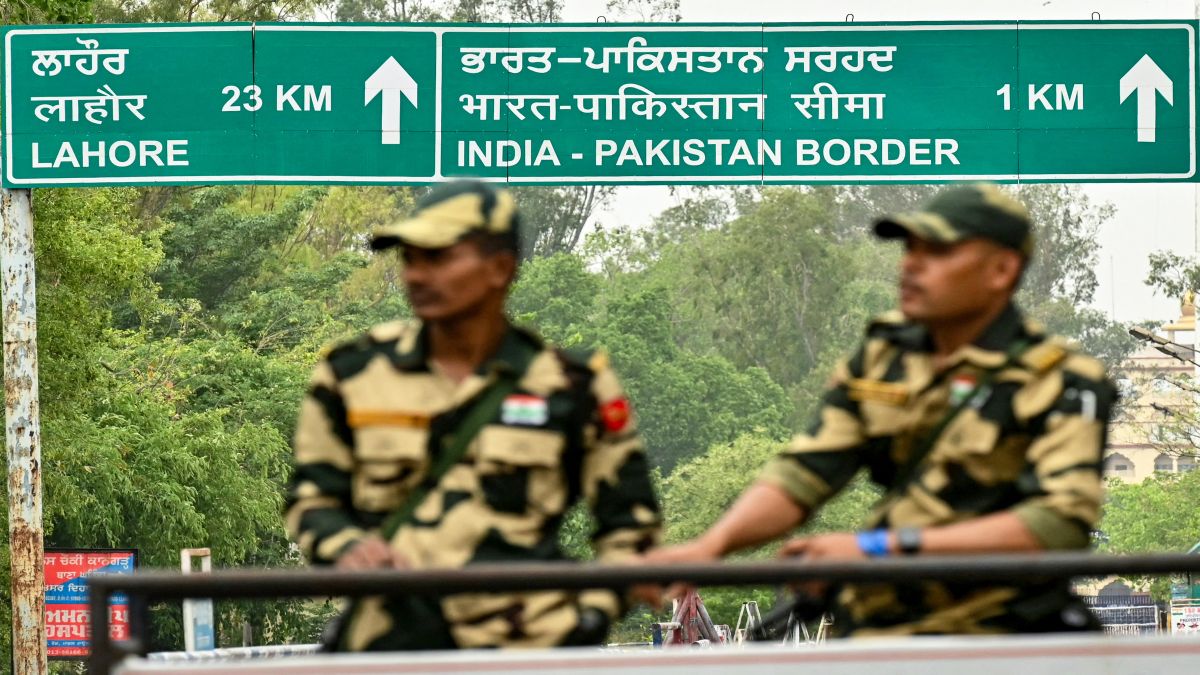Try to buy Chinese cheap goods on websites in the United States these days. They are not shipped out of China. Or, for that matter, from Vietnam. But from our own neighbourhood, Pakistan and Sri Lanka. What’s going on?
Sorry about the mixed metaphors. But the real elephant in the room is not Pakistan. It is India and its future. And who is the real enemy? It is not Pakistan, but its puppet-master, the world’s would be greatest—and only hegemon—China. Yes, China is the dragon in the room, all set to breathe fire and burn the Indian elephant.
The facts are simple and all too evident, if only we know how and where to look for them. Which country benefits from India’s projected war with Pakistan? Not Pakistan itself, for despite all its bravado, this is a failed state on the brink of bankruptcy. But entangling India in a war will benefit China immensely.
Why? Because China cannot tolerate the rise of another major power so close to its borders. Nor will it allow an alternate manufacturing hub other than itself or its proxies to come up. What is China’s counter? India must be knee-capped and hobbled with sub-continental conflicts, Bangladesh on the East, and now, Pakistan on the West. Pakistan, like North Korea, is China’s proxy state. Always mercenary, it is now China’s deadly instrument against India. Pakistan, a client state, run by a rogue army, is literally a gun for hire. And the gun is pointed at India.
The narrative of India’s security threats has long been dominated by its tumultuous relationship with Pakistan. Decades of conflict, from the wars of 1947, 1965, 1971, and 1999, to the ongoing skirmishes in Kashmir, have confirmed Pakistan as India’s arch-nemesis in the public imagination. Cross-border terrorism, nuclear sabre-rattling, and diplomatic spats have kept the India-Pakistan rivalry alive, fueling a cycle of mistrust and hostility.
But let’s pause and reassess. Other than the US, only India represents a direct challenge to China’s regional and global dominance. Beijing’s strategic calculus is clear—India must be contained, its rise stunted, and its energies diverted. China’s approach is not one of overt aggression but of calculated encirclement and destabilization. Keep India off balance is China’s motto. Always opportunistic, Pakistan has now become China’s deadly cat’s paw against India.
China’s ambitions are rooted in its vision of itself as the sole hegemon, not just in Asia but globally. The Belt and Road Initiative, its assertive territorial claims in the South China Sea, and its economic dominance as the world’s manufacturing hub all underscore this goal. For China, allowing an alternative power-centre like India, right beside itself across the border,to emerge as a competing manufacturing hub or a regional leader is unthinkable.
India’s “Make in India” initiative, its growing technological prowess, and its strategic partnerships with the United States, Japan, and Australia through frameworks like the Quad directly threaten China’s monopoly. To counter this, China seeks to handicap India by entangling it in subcontinental conflicts, ensuring that New Delhi remains preoccupied with regional squabbles rather than global aspirations.
Pakistan serves as the perfect instrument for this strategy. The China-Pakistan Economic Corridor (CPEC), a flagship project of the Belt and Road Initiative, has deepened economic and military ties between Beijing and Islamabad. China’s investments in Pakistan, including infrastructure projects and military hardware, have transformed Pakistan into a client state beholden to Chinese interests.
This relationship is not one of equals but of patronage, with Pakistan playing the role of a mercenary state tasked with keeping India on edge. Cross-border terrorism, often attributed to Pakistan-based groups like Lashkar-e-Taiba and Jaish-e-Mohammed, serves China’s interests by draining India’s resources and diverting its attention from economic development and strategic competition with Beijing.
But Pakistan is not the only front in China’s containment strategy. On India’s eastern flank, Bangladesh has increasingly come under China’s influence. Beijing’s investments in infrastructure, energy, and defense in Bangladesh mirror its approach in Pakistan, creating a pincer movement to encircle India.
The 2020 border clash in Ladakh, where Chinese and Indian troops engaged in a deadly skirmish, was a stark reminder of China’s willingness to use direct confrontation when proxies alone are insufficient. Meanwhile, China’s support for insurgent groups in India’s Northeast and its diplomatic backing of Pakistan on issues like Kashmir further complicate India’s security environment.
The dragon’s strategy is clear: mask its nefarious designs by using others to do its dirty work. These others also include India’s own fifth columnists, more loyal to “Fatherland” China than Mother India. But these “Urban Naxals” have now been thoroughly exposed even if not fully defanged. China’s penetration into the India media has also been curtailed if not totally curbed.
More complicated and difficult to eliminate is China’s influence among the top echelons of our political, bureaucratic, journalistic, and intellectual elite and powerful. Many, as we know, are allegedly on China’s payroll, already compromised. Again, Chinese proxies, such as NGOs and activists, serve as useful camouflage.
This is not to downplay Pakistan’s role or absolve it of responsibility. Pakistan’s actions—its sponsorship of terrorism, its nuclear posturing, and its unrelenting hostility—pose real threats to India. But focusing solely on Pakistan is myopic. It is akin to treating the symptoms of a disease while ignoring the root cause.
Just as terrorists in Kashmir cannot operate without Pakistan’s backing, Pakistan’s cannot dare to challenge India without China’s support. Not only when it comes to financial aid, arms and ammunition, intelligence, but also diplomatic cover in world forums like the United Nations, the World Bank, or the International Monetary Fund. By fixating on Pakistan, India risks missing the larger strategic game being played by China.
Let’s face it: Pakistan may be the gun pointed at India, but the finger on the trigger is China’s. The elephant must learn to outmaneuver the dragon, or risk being consumed by its fire. The choice is clear—it’s time to wake up and face the real threat.
The writer is an author and columnist. Views expressed in the above piece are personal and solely those of the author. They do not necessarily reflect Firstpost’s views.


)
)
)
)
)
)
)
)
)